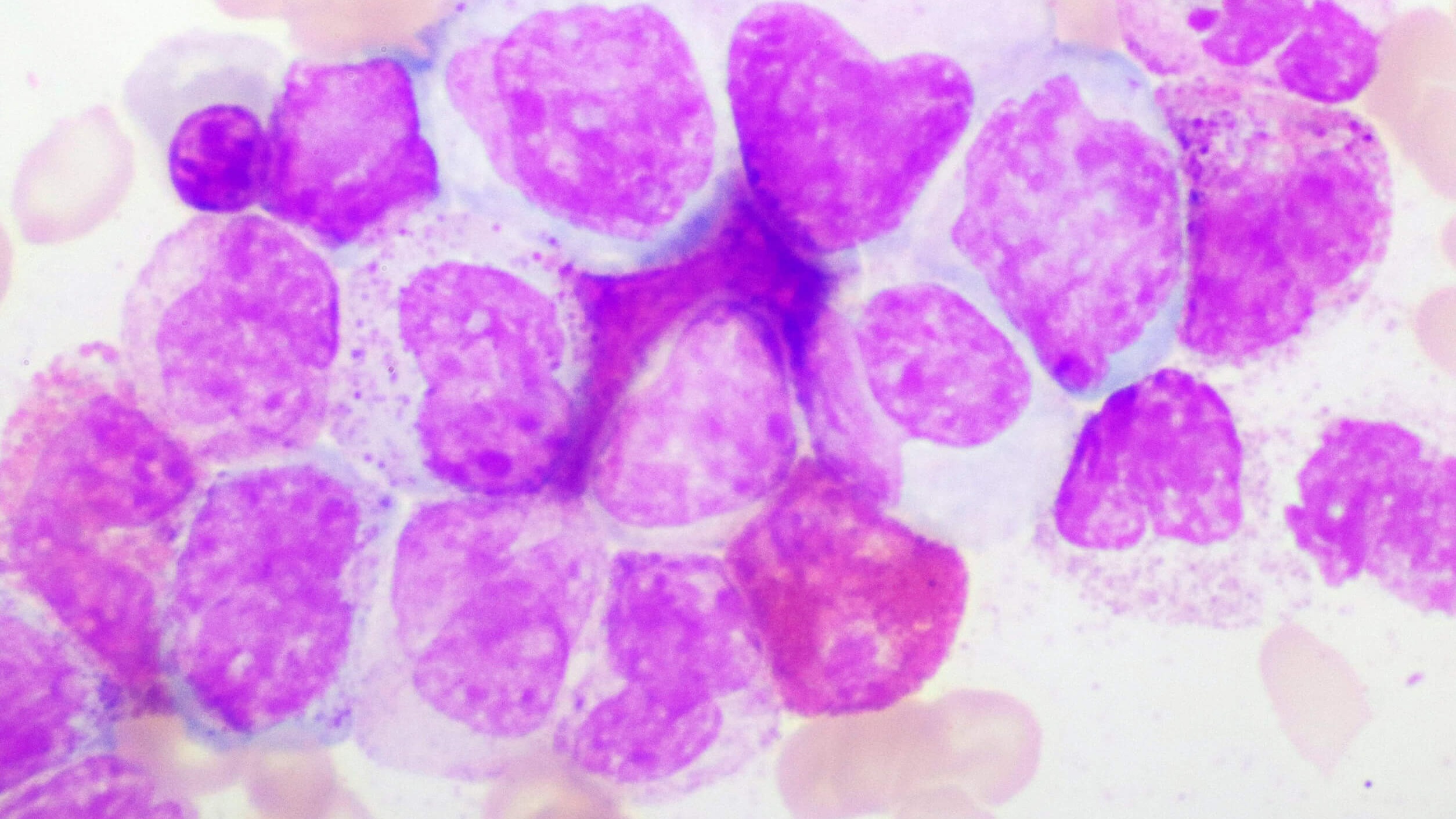
The Next Evolution in Chronic Myeloid Leukemia Treatment
Chronic myeloid leukemia (CML) poses significant challenges not just for patients but also for healthcare providers seeking effective treatments that can offer real hope. Recent developments have turned heads, especially the promising results from the interim analysis of asciminib, a first-in-class BCR-ABL1 tyrosine kinase inhibitor (TKI). This groundbreaking medication provides a glimmer of hope for those who have faced suboptimal responses to previous therapies. The study, conducted across 85 sites in the US, involved 101 patients who discontinued prior TKIs due to an inadequate response or intolerance.
Promising Results from ASC2ESCALATE Clinical Trial
In this trial, patients were treated with asciminib, with a significant number experiencing major molecular responses. At the 24-week mark, an impressive 44.4% of the participants achieved a major molecular response, while about 25.4% had a deep molecular response, defined as MR4 or better. These figures indicate a renewed optimism for individuals managing CML, as effective alternatives continue to emerge within the landscape of treatment options. The ability to elevate the dosage to 200 mg daily for patients who did not meet designated milestones is a key strategic element.
Understanding Safety Profiles
With the introduction of any new therapy comes a conscientious evaluation of its safety profile. Asciminib appears to maintain a favorable tolerance level within this cohort, with side effects generally aligned with those observed in prior studies. While grade 3 and higher adverse events occurred in a minority, including hypertension (8.9%), thrombocytopenia (6.9%), and neutropenia (5.9%), these were manageable for most patients. Notably, only 4 patients discontinued the treatment due to adverse effects, reflecting the resilience of asciminib in a real-world setting.
Insights from Key Researchers
Dr. David Jacob Andorsky of the Rocky Mountain Cancer Centers suggests that asciminib's unique ability to bind to the ABL myristoyl pocket could significantly reduce off-target effects compared to traditional competitive TKIs. This innovative binding mechanism not only enhances efficacy but potentially minimizes adverse reactions, thus highlighting asciminib as a transformative option for second-line treatment in patients who have struggled to achieve successful outcomes with prior therapies.
What This Means for Patients Moving Forward
For suburban professionals grappling with CML or advocating for loved ones, knowledge is power. Staying informed on novel therapies like asciminib can be pivotal. Not only does this empower patients to engage in meaningful discussions with healthcare providers, but it also promotes an understanding of therapeutic options tailored to individual needs. In a landscape rife with medical trends, asciminib stands out—heralding change and hope for CML communities.
Join the Conversation on Medical Innovations
As we anticipate future data presentations and analyses confirming asciminib’s effectiveness and safety, staying active in the conversation around health and wellness is essential. Whether attending local support groups, participating in online forums, or simply discussing with friends and family, knowledge fosters community and care.
In summary, asciminib represents more than just another medication; it's a beacon of hope for CML patients and their families. The ongoing research will undoubtedly reveal more insights leading us into an era of more personalized and effective cancer treatments.
Explore More About Emerging Health Trends
As asciminib continues to show promise, it's essential to stay updated on medical trends that impact health and wellness. Regularly consult with healthcare practitioners to make informed decisions. Understanding the journey through treatments like asciminib not only facilitates better care but also builds a supportive network fostering resilience in the face of health challenges.
 Add Row
Add Row  Add
Add 




 Add Row
Add Row  Add
Add 

Write A Comment